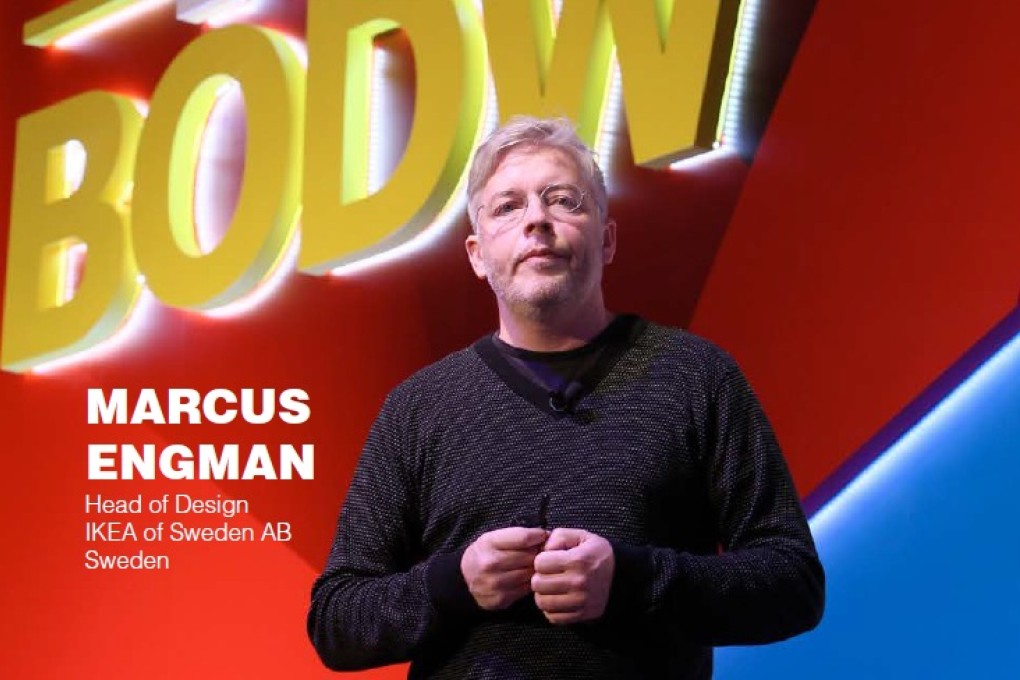Swedish design on the cusp of smart sustainability
With Sweden as a country partner for Business of Design Week (BODW) this year, it makes sense that one of the country’s most well-known brands is in attendance. Speaking as Head of Design for IKEA, Marcus Engman is lively, bright, interesting and entertaining to listen to.

With Sweden as a country partner for Business of Design Week (BODW) this year, it makes sense that one of the country’s most well-known brands is in attendance. Speaking as Head of Design for IKEA, Marcus Engman is lively, bright, interesting and entertaining to listen to.
Meeting in person, he points out that he is not a designer, but Head of Design, with a background in home furnishing and marketing communications. So, what makes him perfect for his role? “I am an extremely curious person, looking for new things and investigating all the time. And I am quite social,” he says.
According to Engman, it’s his past that makes him feel grounded in what he does and he argues that is necessary for true creativity and innovation. “You have to feel that you’re on safe ground – it’s one of the reasons why Sweden is a creative country. We have a welfare system and we live in quite a safe society. You feel safe to explore. That is typically Swedish,” he explains.
Discussing the idea that design thinking is about solving everyday problems, Engman says: “We always start with that in mind, it’s natural. We are all curiosity-driven problem solvers, curious about needs and new techniques in production. All designers should be – if you aren’t curious, how can you learn? When learning stops, nothing interesting can be produced. A curious person will have good dinner conversation because they are interested in you. It’s the same for a company.” During his speech, Engman tells the BODW audience that IKEA has a rich culture, built up over 70 years. “When in doubt, begin,” he advises them.
As an international company offering costeffective options, IKEA has always looked for similarities among countries and cultures, and worked in high volumes. “To solve the problems of the majority, you have to look for the big problems – that’s nothing new to us. On the other hand, you have to look at the majority as many individuals,” Engman explains.
The consumer has changed a lot in the last 70 years. Globalisation, the development of affordable travel, and how visually savvy people now has changed the market. “Tastes are more dynamic and more similar. Urbanisation is the biggest trend – cities are more influential and the people living in them are becoming more alike, with the same problems, such as density,” Engman says. “I travel a lot and it’s sad that everywhere you go, you see the same things – but individuals are looking for uniqueness.” While appealing to different cultural backgrounds may affect style, function remains untouched.